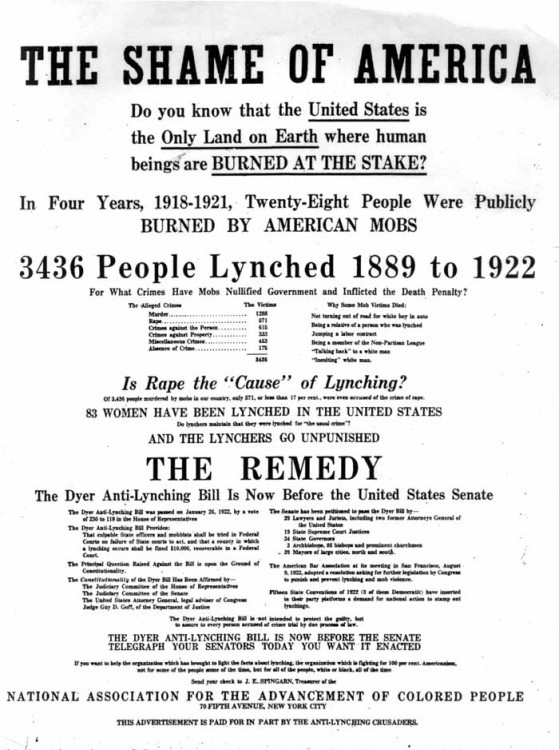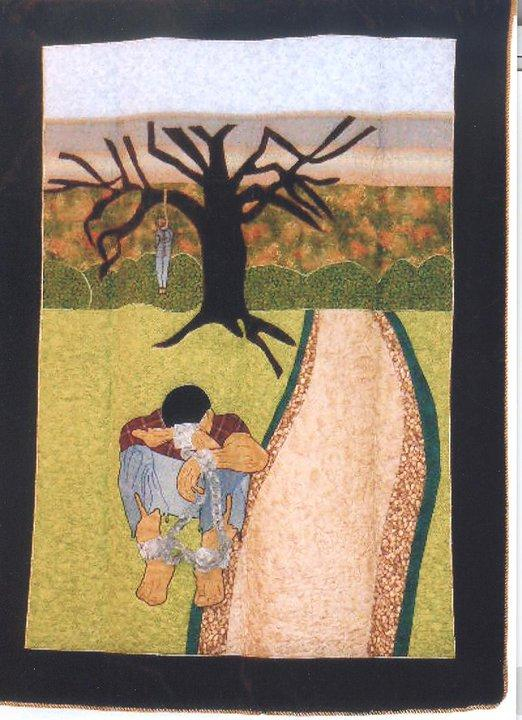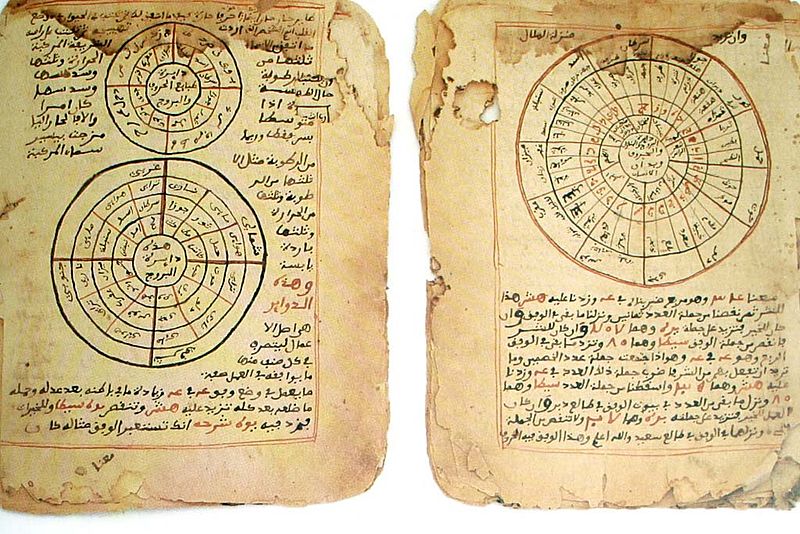This Day in History: The North Star Newspaper is Published
Share
Explore Our Galleries
Breaking News!
Today's news and culture by Black and other reporters in the Black and mainstream media.
Ways to Support ABHM?
From African American Registry

On this date in 1847, The North Star newspaper began publication.
The North Star was an anti-slavery newspaper published by abolitionist Frederick Douglass. The North Star’s slogan was “Right is of no Sex, Truth is of no Color. God is the Father of us all, and all we are Brethren.”
Douglass was first inspired to publish The North Star after subscribing to The Liberator, a weekly newspaper published by William Lloyd Garrison. Douglass’s thoughts toward political inaction changed when he attended the National Convention of Colored Citizens, an anti-slavery convention in Buffalo, New York, in August 1843.
The North Star title referred to the directions given to runaway slaves trying to reach the Northern states and Canada: “Follow the North Star.” It was published weekly and was four pages long. It is sold by a $2 per year subscription to more than 4,000 readers in the United States, Europe, and the West Indies—the first of its four pages focused on current events concerning abolitionist issues.
Douglass worked with another abolitionist, Martin R. Delany, who traveled to lecture, report, and generate subscriptions to The North Star. In covering politics in Europe, literature, slavery in the United States, and culture generally in both The North Star and Frederick Douglass’ Paper, Douglass achieved unconstrained independence to write freely on topics from the California Gold Rush to Uncle Tom’s Cabin to Charles Dickens’s Bleak House.
Read more about the North Star here.
Read more about slavery and resistance here.
Read more Breaking News.









Comments Are Welcome
Note: We moderate submissions in order to create a space for meaningful dialogue, a space where museum visitors – adults and youth –– can exchange informed, thoughtful, and relevant comments that add value to our exhibits.
Racial slurs, personal attacks, obscenity, profanity, and SHOUTING do not meet the above standard. Such comments are posted in the exhibit Hateful Speech. Commercial promotions, impersonations, and incoherent comments likewise fail to meet our goals, so will not be posted. Submissions longer than 120 words will be shortened.
See our full Comments Policy here.